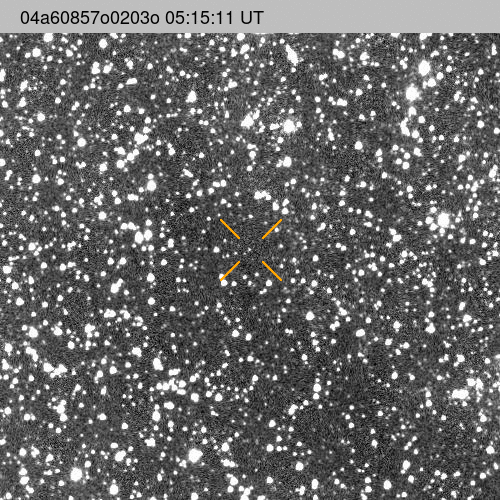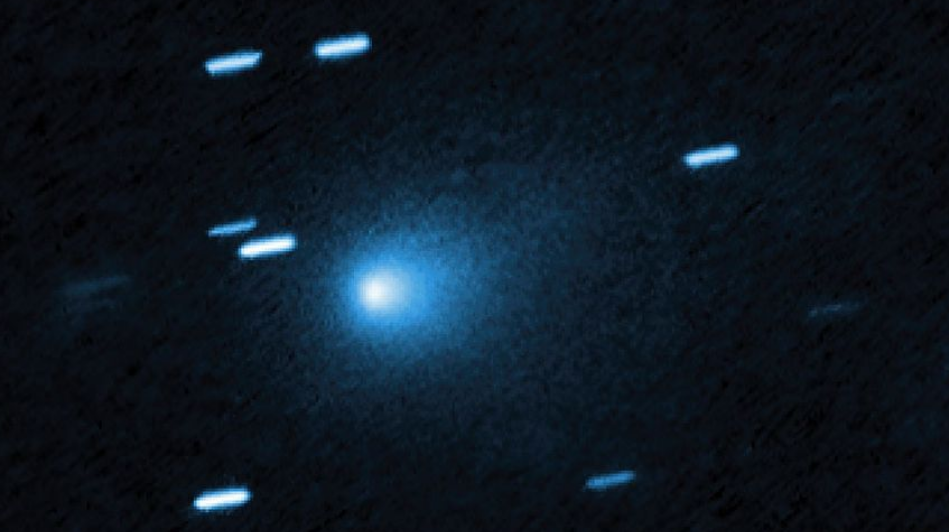Every so often, the universe tosses us a mystery. Right now, astronomers are tracking a strange object from another star system: 3I/ATLAS. Unlike the usual comets and asteroids we’ve seen before, this one seems to be glowing in ways scientists can’t fully explain. And most comets just reflect sunlight, however, 3I/ATLAS appears to be giving off its own light. That’s not normal. Some researchers believe it could be shedding dust in an unusual way, but others, like Harvard astronomer Avi Loeb, have asked the daring question: what if it’s not natural at all?
A Close Encounter with Mars
In October 2025, 3I/ATLAS will sweep unusually close to Mars; only about 28 million kilometers away. That’s closer than Earth will ever get to it. Luckily, NASA’s Mars Reconnaissance Orbiter is in the perfect position to snap high‑resolution images with its powerful HiRISE camera.
For UFO researchers and space mystery fans, this is exciting because Earth telescopes will be blinded by the Sun during the object’s closest pass. That means Mars could capture images of something Earth cannot see at all. Hubble data suggests 3I/ATLAS’s nucleus is under 3.5 miles (5.6 km) wide, and could be as small as 1,000 feet (320 m).

Alien Probe or Cosmic Rock?
There are two main theories swirling around 3I/ATLAS:
🔹 Astrophysics Explanation: It’s just a strange interstellar comet, behaving in ways we don’t fully understand.
🔹 Alternative Theory: It could be an artificial craft, possibly powered by nuclear energy, giving off light and dust as it travels.
Most mainstream astronomers dismiss the UFO idea as far‑fetched, but isn’t that what they always say before something big breaks?

Credit: ATLAS/University of Hawaii/NASA
Why This Mystery Matters
Whatever 3I/ATLAS really is, we’re about to get answers. If it’s a comet, we’ll learn more about what’s out there between the stars. If it’s something else, say, an alien probe checking out our neighborhood, it would change everything we know about our place in the universe.
Either way, October 2025 could be the month humans get the clearest look yet at a genuine visitor from beyond our solar system.
Valerie Anne is a Type 1 diabetic, mother, tree-hugger, self-proclaimed granola who loves a good horror story through literature, video games, and movies. She also streams art over at twitch.tv/8bitval.









